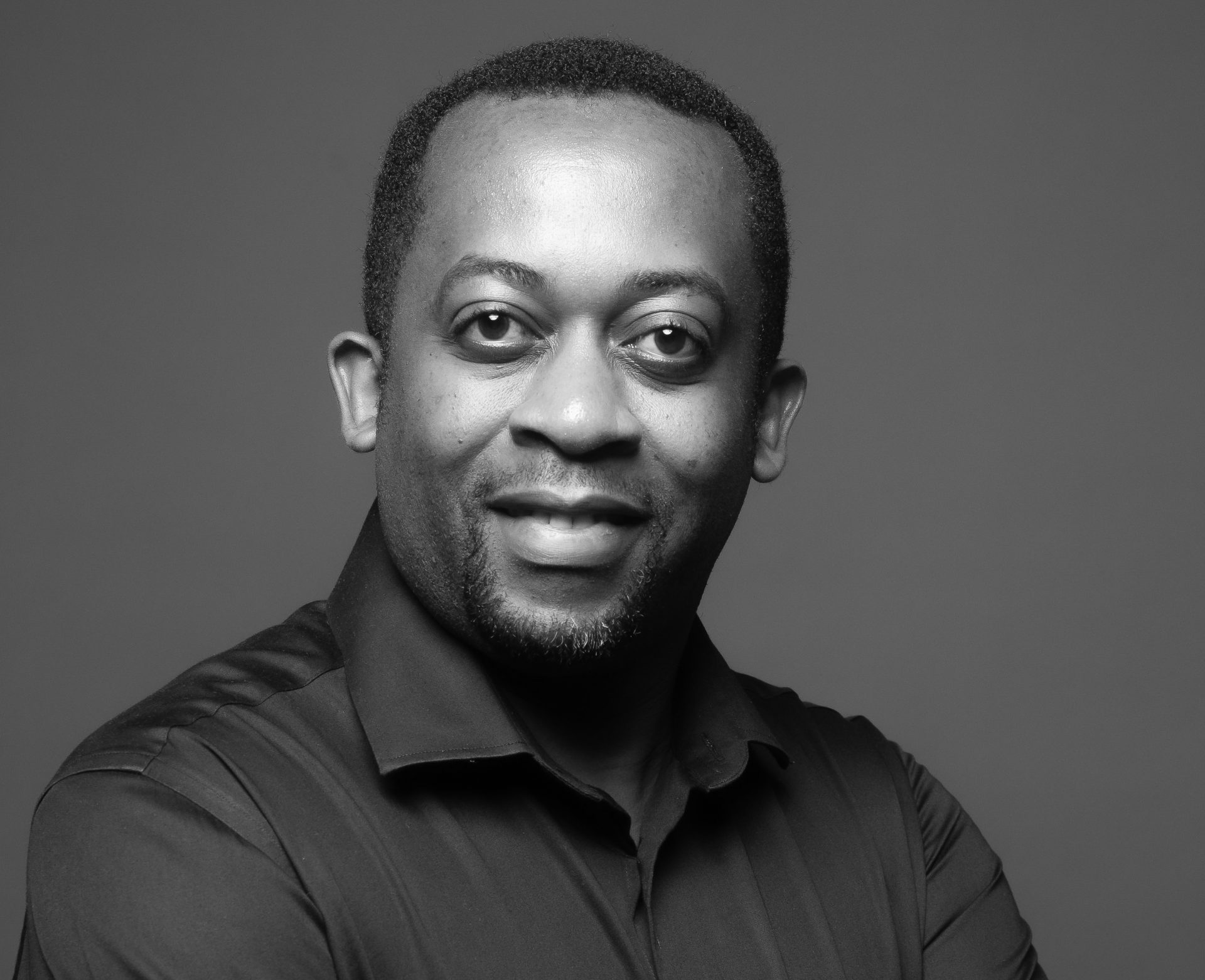Temidire Bada is a Public Relations Associate at NOVVA Media and Communications.
How does Psychology impact Public Relations (PR)? Can Psychology produce the magic for successful PR strategies?
To critically link Psychology and PR, it is important to know that the bond between PR and Psychology dates back to the early 1920s when Edward Bernays, known as the Father of PR, connected the dots and found out how Psychology can help influence human behaviour through communication. This connection is quite apparent in many definitions of Public Relations and as Bernays said in his 1923 book, Crystallizing Public Opinion, “The field of a PR professional is the public mind.”
Public Relations is the strategic practice of managing and influencing perception. Whether it’s a corporate entity, individuals, or groups, looking to enhance its reputation, the ultimate goal is to communicate messages, effectively engage and influence the target audience.
Therefore, the role of the Public Relations professional will be to build, protect, and enhance the perception of his clients. To do this, he needs a plan and an understanding of the mind of the target audience. This is why Edward also thought PR professionals play the role of a psychologist.
Evaluating the Importance of Psychology in PR
Why do some Public Relations strategies have more impact than others?
Great PR practitioners know that Psychology is an essential ingredient in the recipe that defines a good PR plan. While I also believe that PR is a profession of the heart – if you have it, you have it – Psychology plays an important role in helping you to precisely target your audience in this competitive age.
The role of the PR practitioner is to create a meaningful connection with a target audience and because managing and understanding humans can be a lot of work, Psychology can help identify who that particular audience is, and what they do or like. For example, to effectively engage with a journalist, you want to be sure of his beat, if he is on break, the best time to pitch to him, or maybe even his favourite movie star. This can help you pitch better or get a fast response. This approach also explains why a certain audience responds stronger to one message than another does.
Taking a clue from successful PR campaigns
In 2014, Procter & Gamble, manufacturers of the ALWAYS sanitary pads, wanted to reinforce girls’ puberty education to keep their confidence. They created the #LikeaGirl campaign to tackle societal limitations and sparked a conversation that is often avoided to target the new generation of consumers who are more exposed to negative stereotypes and social pressures.
#LikeaGirl was very simple but strategic. It was made to inform, engage, and re-educate young girls about narratives popularly hinged on the female gender. This is quite definitive for every woman, especially the target audience who has probably heard the phrase as an insult in their lifetime. It aimed to reframe the negative connotations associated with the phrase as an affirmation for young girls and use it as a statement of positivity. And it did, generating over 4.58 billion impressions – that’s huge!
Other campaigns worthy of note are the Google in a Year Search and the Soot Life Expectancy campaign – there may be some you can think of right now too. The similarity and relationship between Psychology and Public Relations is in fact in terms of stimulus-response (understanding the human mind, emotion, and trigger points that compel people to think, feel, and act in a certain way) between the communicator and the individuals or groups that receive them. In a world with shorter attention spans, embracing the power of storytelling, authenticity, and purpose-driven messaging can elevate your strategy.
Psychology can be used to elevate Communication plans to create impact while the audience subconsciously evolves. If you would like to delve more into this, you can read this research from the Institute for Public Relations on the relationship between Behavioural Science and Communications/Public Relations or take a quick course in Psychology.





